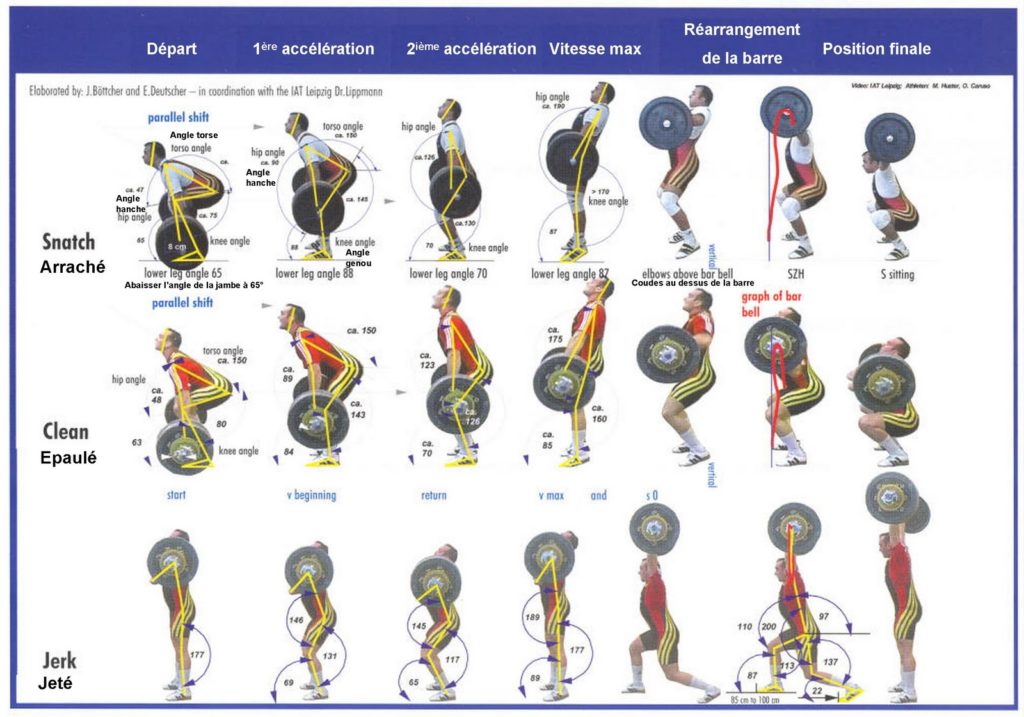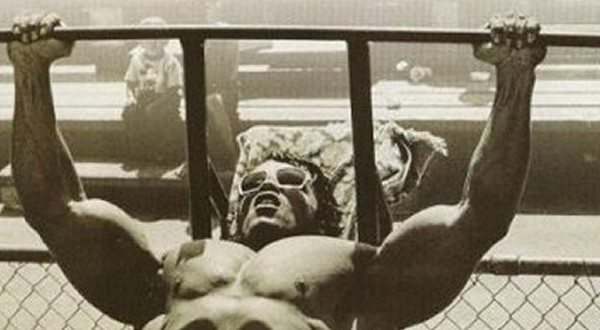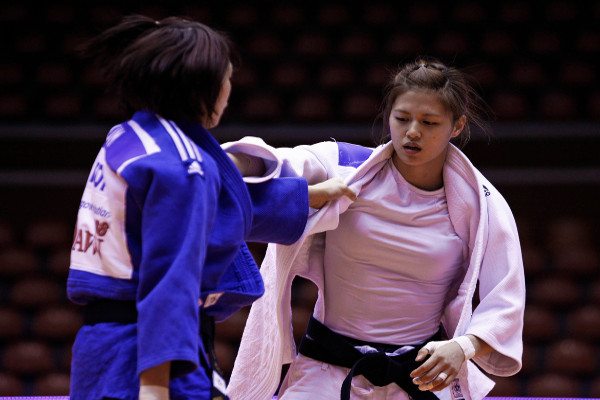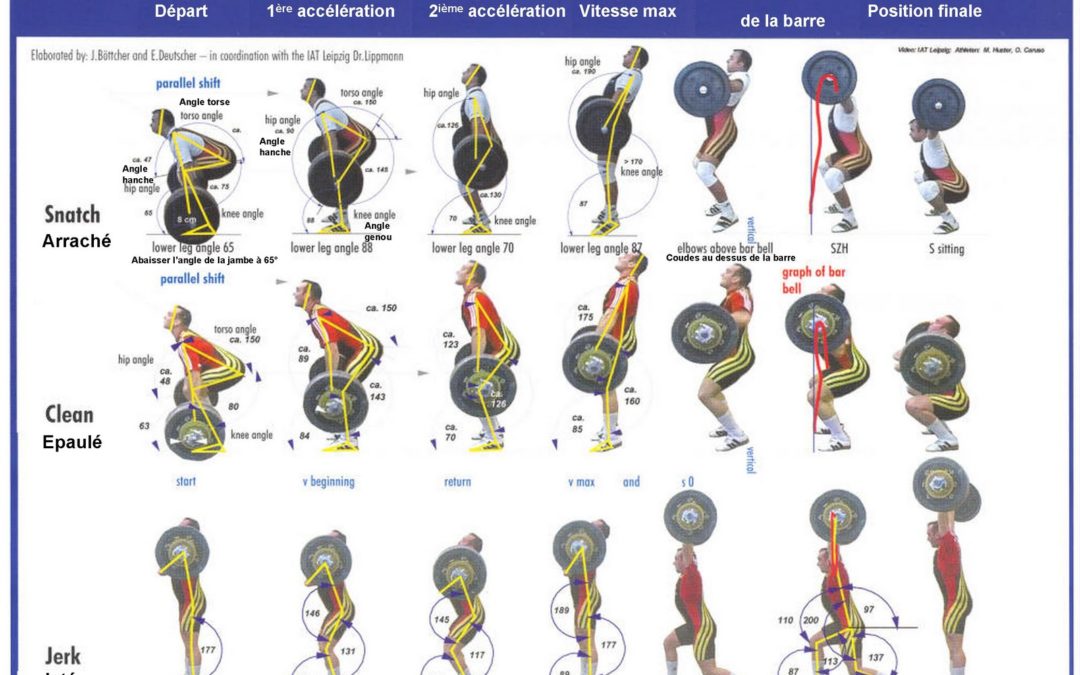In the first article in this series, I discussed priorities in training for MMA and jiu jitsu and where conditioning fits in a training program. In part two, we’ll discuss strength and power training and how to set up a basic strength and conditioning program.
FREQUENCY: How Often Should You Do Strength & Conditioning?
Just as more frequent training results in faster progress in jiu jitsu, more frequent strength and conditioning sessions will yield faster gains in strength and power. In deciding on a split option, however, other factors must be taken into consideration.
While a four day split will lead to greater gains than a two day split, the athlete must recognize they have a finite amount of training time and energy to spend in the gym. Extra time spent lifting means that not only will there be less time and energy for the athlete to devote to their primary sport, but the added fatigue from strength and conditioning sessions can have a negative effect on the quality of sport practice. In general, most athletes will lift 2-4 days per week, with the exact number dictated by the frequency and intensity of practices each week. In an offseason phase four sessions per week may be feasible and beneficial.
As an athlete enters their competition season and more important tournaments approach, however, strength and conditioning sessions should be scaled back to account for the increased difficulty of practice. At this point in the year 2-3 sessions per week are more appropriate, with the volume of work decreasing and the focus shifting to maintaining strength and power and staying healthy. For more information on in-season training, read this.
Exercise Selection and Order: What Should I Do in My Strength & Conditioning Sessions?
Since our time in the weight room is limited, it’s important to choose the most efficient exercises possible to maximize our training time. Compound, multi-joint exercises like squats, deadlifts, bench presses, and pull ups will provide the most bang for our buck.
In the weight room, we’re concerned with two things- improving our ability to produce more force (strength) and improving our ability to produce that force in a shorter period of time (power). Thus, each exercise in your program should fit into one of these two categories. Below is a breakdown of how each day should progress and sample exercises from each category.
Power exercises (1-5 reps)
Your power exercises should be the first thing you do after the warm up. Because they are so velocity-dependent, you want to do them when you’re fresh to get the most benefit. Additionally, because you aren’t working to the point of muscular fatigue on these, they won’t tire you out for the strength exercises that follow and can actually help you get more out of those exercises by firing up your central nervous system beforehand. There are two main categories of power exercises:
Olympic lifts and variations – While the Olympic lifts have been shown to produce extremely high peak power numbers, they take time to learn, especially if you don’t possess the prerequisite flexibility to get into the proper positions. If you don’t have a qualified coach to teach you, you can still derive some of the benefits of these lifts by incorporating simpler variations like a jump shrug.
- Power Clean
- Power Snatch
- Jerk
- Clean Pull/Jump Shrug
- 1 Arm DB Snatch
- DB Jerk

Clean, Jerk, & Snatch are the three Olympic Lifts. They are very valuable for Strength & Conditioning but must be learned properly.
Jumps and throws – Jumping (plyometrics) and throwing med balls are some of the best things you can do to develop explosive power. With these exercises the very light external resistance means movement velocity is at its highest. When doing jumps with external resistance make sure ground contact time remains fast. A weight that slows the athlete excessively is too heavy and counterproductive for the purpose of increasing explosive power.
Unweighted Plyos
- Box Jump
- Vertical Jump
- Broad Jump
Weighted Plyos
- DB Squat Jump
- Barbell Squat Jump
- Band Resisted Broad Jump
- Med Ball Throws
- MB Scoop Throw (for height or distance)
- MB Chest Pass to Broad Jump
In the video below, you can see Olympic Gold medalist wrestler, Jordan Burroughs incorporating lots of Plyometrics and Throwing into his Strength & Conditioning Routines.
Primary Strength Exercise (3-8 reps)
Your primary strength exercise is the focus of the day. Generally, these revolve around some variation of the three Powerlifting movements, squat, bench press, and deadlift, but can also include heavy pulling movements like rows or pull ups. These are the exercises that you track over time to monitor progress. Because these movements allow you to move the most weight, they have the most potential for stimulating gains in strength and muscle mass. In general it is easiest to gain strength with movements that maximize stability. Thus, barbell exercises are better than dumbbell exercises and bilateral movements like squats are superior to unilateral options like lunges. The following movements fit the bill best.
- Back Squat
- Front Squat
- Conventional Deadlift
- Sumo Deadlift
- Trap Bar Deadlift
- Bench Press
- Incline Bench Press
- Military Press
- Strict Barbell Row
- Weighted Pull Up

The Bench Press falls under Primary Strength Exercises and should be done after Power Exercises. Sunglasses Optional.
Accessory Strength Exercises (6-15 reps)
These are strength exercises that balance out the program and may address individual weak points. Various dumbbell and bodyweight exercises, such as pull ups, lunges, and DB presses, fit in here. Throughout the week your program should include a relatively equal number of exercises from each of the following categories:
- Upper body horizontal push
- Upper body horizontal pull
- Upper body vertical push
- Upper body vertical pull
- Lower body single leg
- Posterior chain/hamstring (hip and knee dominant variations)
- Core Strength
- Grip Strength
In general, grip strength will improve naturally as weights on deadlifts, RDLs, pull ups, and rows increase. If grip strength is a problem area, specific grip exercises like the wrist roller, farmer’s walks, or dumbbell holds for time can be incorporated at the end of the workout. These should be done for 1-2 sets for maximal time or distance. For example, a weak grip may be addressed with one rest-pause set of DB holds at the end of your workout. Hold a heavy pair of dumbbells as long as you can until you accumulated one minute of total time. The first week it may take you five sets. The next week it could take three, and the following week two. Once it gets too easy increase the weight. Just like anything else, gradual, consistent progress is what we’re after.

Developing grip strength is important for Jiu-Jitsu and other grappling sports. It should be done with other Accessory Strength Exercises.
Rest intervals
As a general rule, your rest intervals should get shorter as you move along in your workout. For power exercises complete recovery is essential to get the most out of the exercise, likewise with your primary strength exercises. After that you can begin supersetting exercises for opposing muscle groups together. Keep in mind, however, the goal of this portion of your workout is to get stronger, not gas yourself. Practicing your sport should take care of the majority of your conditioning needs, especially when you are in your competition season.
Sample Program
Below is an example of what a typical total body day in a strength and conditioning program may look like.
1. DB Squat Jump- 4×5
2a. Back Squat- 4×5, working up to heavy set of 5 on last set
2b. Med Ball Sit Up- 3×15
3a. 1 Arm DB Row- 4×8 each
3b. DB Bench Press- 4×12
4a. Barbell Step Up- 3×8 each
4b. RDL- 3×8
5. Pull Up- 30 total reps
A quality strength and conditioning program doesn’t need to be fancy, especially for athletes with less than two to three years of serious training history. Mastering the basics will always yield the greatest results. Along with mastering technique, simply having balance and consistent, structured progression within a program will do wonders for improving performance and preventing injuries over the long haul.

